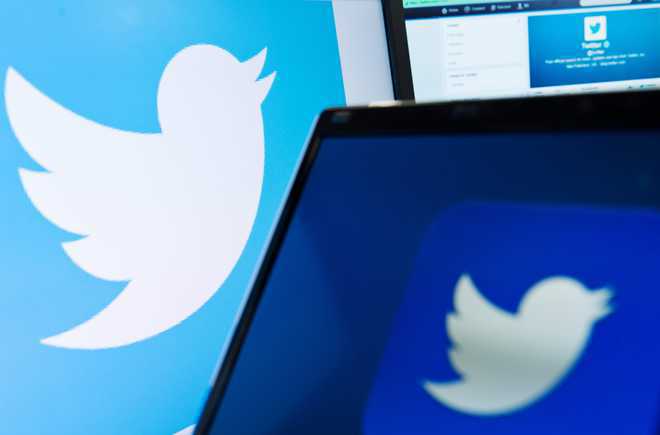London, August 2
‘Celebrity’ Twitter handles display bot-like behaviour, according to a study that found accounts with more than 10 million followers tend to retweet at a rate similar to automated systems.
Researchers from University of Cambridge in the UK found that in smaller accounts, bots tweet far more than humans.
They noted that bot accounts differ from humans in several key ways. However, bot accounts generate more tweets than human accounts.
They also retweet far more often, and redirect users to external websites far more frequently than human users.
The only exception to this was in accounts with more than 10 million followers, where bots and humans showed far more similarity in terms of the volume of tweets and retweets.
Bots, like people, can be malicious or benign. The term ‘bot’ is often associated with spam, offensive content or political infiltration, but many of the most reputable organisations in the world also rely on bots for their social media channels.
For example, major news organisations rely on automation to share the news efficiently. The accounts, while classified as bots, are seen by users as trustworthy sources of information.
“A Twitter user can be a human and still be a spammer, and an account can be operated by a bot and still be benign. We are interested in seeing how effectively we can detect automated accounts and what effects they have,” said Zafar Gilani, a PhD student at University of Cambridge.
To reliably detect bots, researchers manually inspected accounts and determined whether they were bots.
This was done using a tool that automatically presented Twitter profiles, and allowed the students to classify the profile and make notes. Each account was collectively reviewed before a final decision was reached.
In order to determine whether an account was a bot, the team looked at different characteristics of each account.
These included the account creation date, average tweet frequency, content posted, account description, whether the user replies to tweets, likes or favourites received and the follower to friend ratio.
A total of 3,535 accounts were analysed: 1,525 were classified as bots and 2,010 as humans. The bot detection algorithm they subsequently developed achieved roughly 86 per cent accuracy in detecting bots on Twitter.
“We think this is probably because bots aren’t that good at creating original Twitter content, so they rely a lot more on retweets and redirecting followers to external websites,” said Gilani.
“While bots are getting more sophisticated all the time, they’re still pretty bad at one-on-one Twitter conversations, for instance–most of the time, a conversation with a bot will be mostly gibberish,” Gilani added.
Breaking News
 Driving Naari Programme launched in Chandigarh
Driving Naari Programme launched in Chandigarh Punjab farmers reaping benefits of Mann Government’s crop diversification initiatives
Punjab farmers reaping benefits of Mann Government’s crop diversification initiatives Punjab and Kerala Join Hands to Address NRI Concerns
Punjab and Kerala Join Hands to Address NRI Concerns Macron refuses French Prime Minister’s resignation after chaotic election results
Macron refuses French Prime Minister’s resignation after chaotic election results Modi lands in Russia for first visit since Ukraine offensive
Modi lands in Russia for first visit since Ukraine offensive Saudi Arabia approves granting citizenship to global experts under Vision 2030
Saudi Arabia approves granting citizenship to global experts under Vision 2030 Vigilance arrests Panchayat Secretary, former Sarpanch for embezzlement in Panchayat funds
Vigilance arrests Panchayat Secretary, former Sarpanch for embezzlement in Panchayat funds Housing crisis in Canada forcing residents to move out of pricier cities: Poll
Housing crisis in Canada forcing residents to move out of pricier cities: Poll Historic Milestone: Canada Appoints Its First Female Chief of Defense
Historic Milestone: Canada Appoints Its First Female Chief of Defense Victory parade of T20 World Cup-winning Indian cricket team concludes in Mumbai
Victory parade of T20 World Cup-winning Indian cricket team concludes in Mumbai Maximizing impact of Aadhar in Punjab
Maximizing impact of Aadhar in Punjab Amritpal Singh to take oath as Khadoor Sahib MP on July 5
Amritpal Singh to take oath as Khadoor Sahib MP on July 5




































